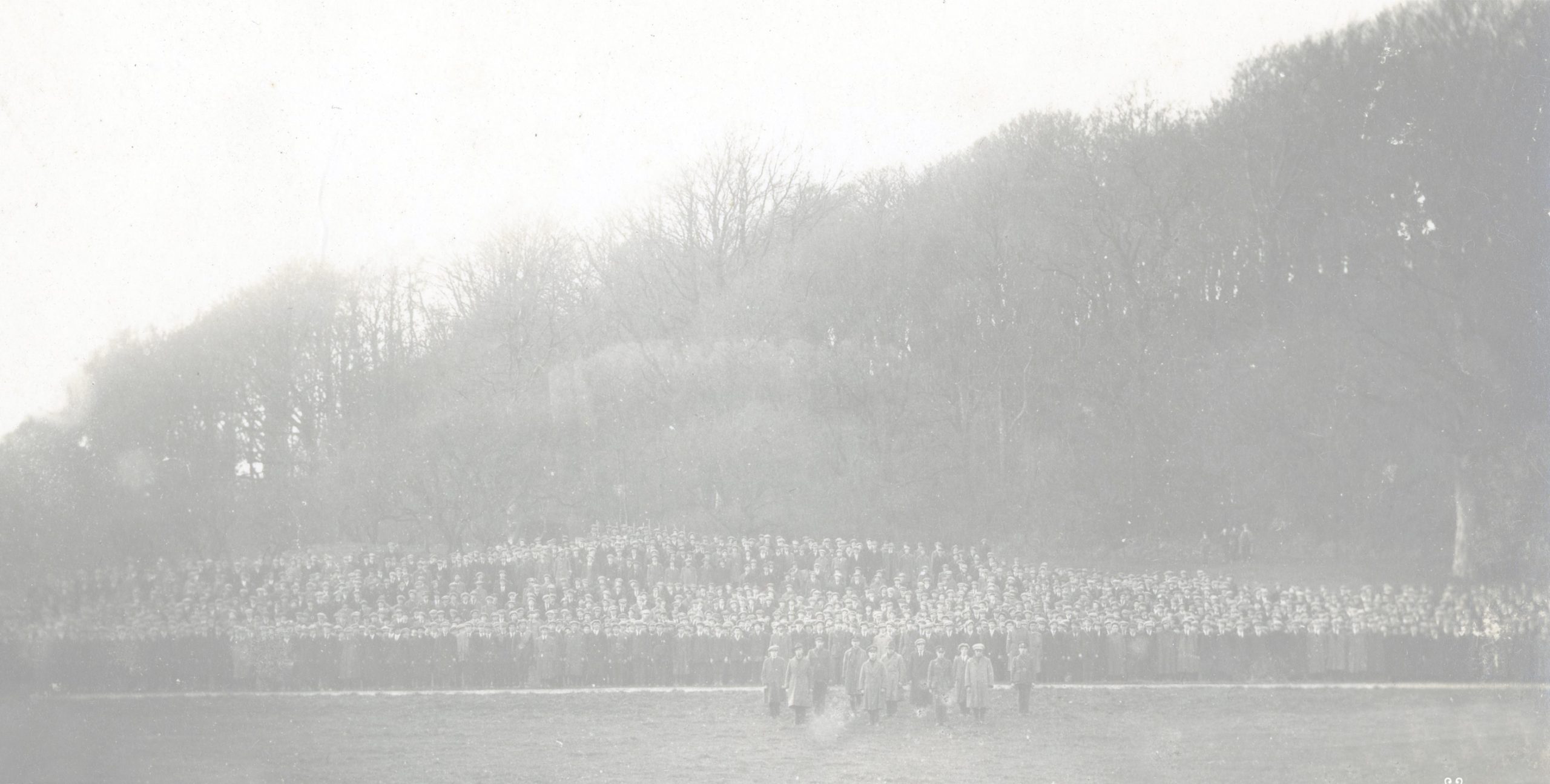The Fenians
John P McCormack joined the Fenians (I.R.B) in 1898 and was prominent in the fight for Independence. In the movement with him were his brothers Samuel and Frank. He later joined the Volunteers in 1913 and served as a Brigade Engineer in charge of munitions. He was at the funeral of O’Donovan Rossa, in Glasnevin Cemetary, Dublin prior to the rising in 1916 and fifty years later he led a group of Castlebar men at the funeral of Roger Casement. At their inaugural meeting in Westport In 1918 he was Captain of the guard of honour provided for DeValera for his meeting in Castlebar for the elections of that year. Throughout the Black and Tan War he served as an engineer in charge of munitions with the IRA and later as a Quarter Master. He would hide the guns etc under the altar of the Holy Rosary Church in Castlebar, where he was serving his time as a stone mason.. He had many meeting with Michael Collins during this period and was one of the very few from the Western Division to have shared lodgings with him at secret rendezvous in Dublin.
When John P McCormack and Margaret moved to Ellison Street they lived across the road from the RIC Station. It is said that after the ambush at Cloonkeen in 1921, several of the men involved called to the house. Aware that the house was the first place that the RIC would search, she took the grenades and bullets from the men, pulled out the grate from under the fire and placed the weapons there. Nothing would faze her. The Black and Tans had issued a warning informing that anyone who went to retrieve the bodies would be shot, but this did not deter John P and he openly entered Castlebar Jail and reclaimed the bodies of the two young men, Lally and O’Malley. His house was regularly raided by the Tans and was later commandeered by the RIC. John P his wife and family were turned out into the street and were left with no option, but to return to the old home up Knockthomas. During the War of Independence he was interned twice in Castlebar Jail.
After the treaty with which he bitterly disagreed , he was interned with his son Paddy in the Athlone Concentration Camp, Pump Square, for nine months .
Patrick McCormack was only seventeen years of age. Patrick represented the fourth generation of the McCormack family to serve time in Jail for the cause of Irish Freedom.
For the record it is worth noting that the Irish Volunteer Movement in South Mayo was launched from Westport in 1913 by four members of the I.R.B. John P McCormack Castlebar, Joseph McBride Westport, Frank Dorr Foxford and Tom Navin Westport. During the Emergency he served with the FCA. In later years he rarely spoke of the past having sworn an oath of allegiance to the IRB.
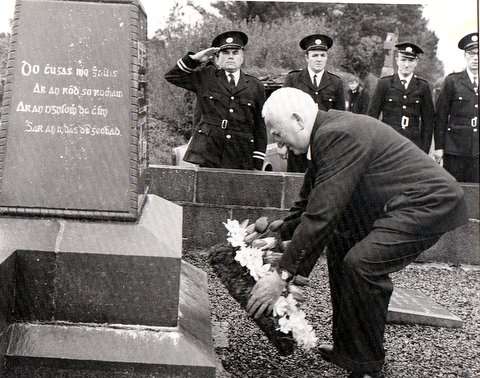
John P McCormack the last of the Fenians laying a wreath
on the republican plot Castlebar Cemetery, as part of the
centenary celebrations of the Fenian Rising of 1867 on
the 4th May 1967 as part of Europe Day
The Following is an extract of a letter written by Brig General Moane in relation to Castlebar during the troubles.
I Would like at this stage to say something in connection with the men from Castlebar area who were working with us during this period. One of them in particular was Johnny McCormack a Building Contractor in Castlebar and a member of the IRB. Both Michael Kilroy & I had very close contac t with him. He was a very fine man, very enthusiastic and very sincere. He wanted very much to come and do active service with us , but we would not allow him to come, as we thought he could do better work for us by remaining at his work in the Castlebar area. Also the two Chamber Brothers Jim & John & Tom Ryan who had a newsagents shop. I also remember well that James Haughy, who had a public house across the road was a great fried also. John O’Boyle who was a draper in the town and the Heffernans, also drapers were great friends of ours too. Also Pat Langan, another draper was friendly towards us and gave us support as well. All the members of the Hoban Family in Linenhall Street. Both of the Hoban girls were active members of Cumann na Ban, (Maud Hoban helped me while I was in jail in Belfast)”
John P McCormack’s Correspondence
Below is a copy of a letter he sent to his sister Kate one Christmas while interned in Athlone with his son Paddy
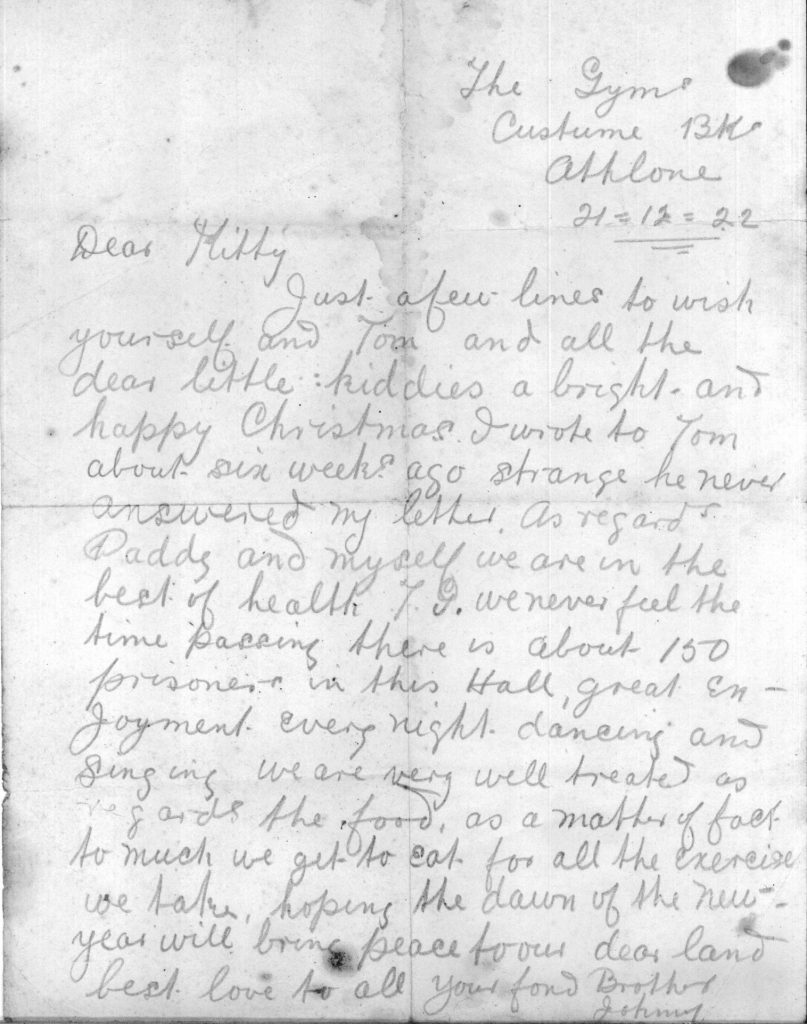
John McCormack – Castlebar
Fenianism grew out of the failed attempts of Young Ireland 1848 rising. Founded simultaneously in Ireland and the US. by James Stephens and John O’Mahony in March 1858, its primary goal was to foment rebellion in Ireland
John McCormack was born in Castlebar in 1850 the son of Samuel McCormack from Thomas Street., he had two brothers, Patrick and Samuel. John McCormack was a Fenian or the IRB (Irish Republican Brotherhood) as it was also known, in the movement with him were his brothers Patrick and Samuel. Samuel was father of John P McCormack.
When John McCormack walked home from drilling exercises in Castlebar on a winters night in 1866 little did he realise that the “Fenian” who accompanied him was about to betray him.
John McCormack in 1868 after a lengthy trial under Judge Keogh was sentenced to deportation for life and never saw his home town again. A brief account of the Trial is as follows. The full account can be seen on the Connacht Telegraph dated the 16th March 1963 under the heading of the Kilmainham Jail Renovation Project.
At Castlebar
Wednesday, January 17th, 1866. John McCormack a respectably dressed young man was taken into custody and charged at the Constabulary head office with being a member of the Fenian Brotherhood. True bills were found against him by the grand jury and a warrant for his transmission from Castlebar where he resided was issued by the Lord Justices. He was taken into custody at Castlebar Gaol and later transferred to Dublin by rail and lodged in Chancery-Lane Station House. He was brought up before the presiding Magistrate (Mr McDermott) and having been identified as the person mentioned in the warrant, he was committed for trial at the Special Commission on a charge of Treason-Felony and was removed to Kilmainham Prison.
At Green Street:
Wednesday, February 7th, 1866. John McCormack was put forward on a charge of Treason-Felony and pleaded not guilty before Judge Fitzgerald. Mr Isaac Butt Q.C. was leading counsel for the accused. The Solicitor-General opened the case for the Crown. It would be proved by a private of the 9th Regiment named Prendergast that the prisoner was on several occasions at drill meetings of the Fenians and he told him that he was authorised to swear men into that body. On searching him on one occasion he found on him a most extraordinary collection of papers and all the apparatus for making cartridges. Due to lack of evidence the Jury acquitted John McCormack. However the Judge warned him that if he was not prepared to live peaceably in the country, the sooner he quitted it the better.
Re-Arrested:
Soon after John McCormack was again re-arrested and lodged in Kilmainham Jail. Below we reproduce a copy of a facsimile of a reply received by his father Samuel McCormack to a petition for the release of his son.
Samuel however, was never to see his son again. John was once again arraigned on a charge of Treason-Felony this time in 1868 before Judge Keogh who sentenced him to deportation for life. Some time later the informer, Luke Prendergast was found bayoneted to death in Dublin.
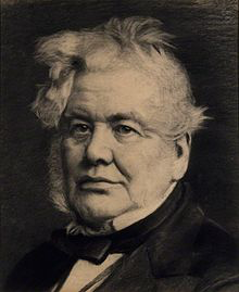
https://en.wikipedia.org/wiki/Isaac_Butt
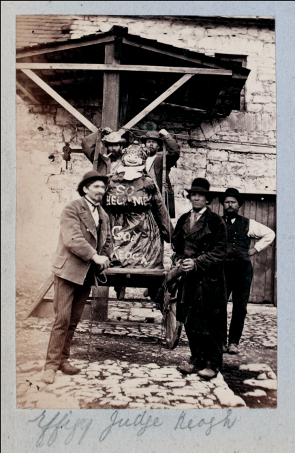
William Keogh was Galway born and became a Queens Counsel in 1849. He was a founder of the debating society called the Tail-end club. He was appointed a Judge in 1856. His conduct of the Fenian trials in 1865-68 and the savage sentences which were handed down there were much criticised

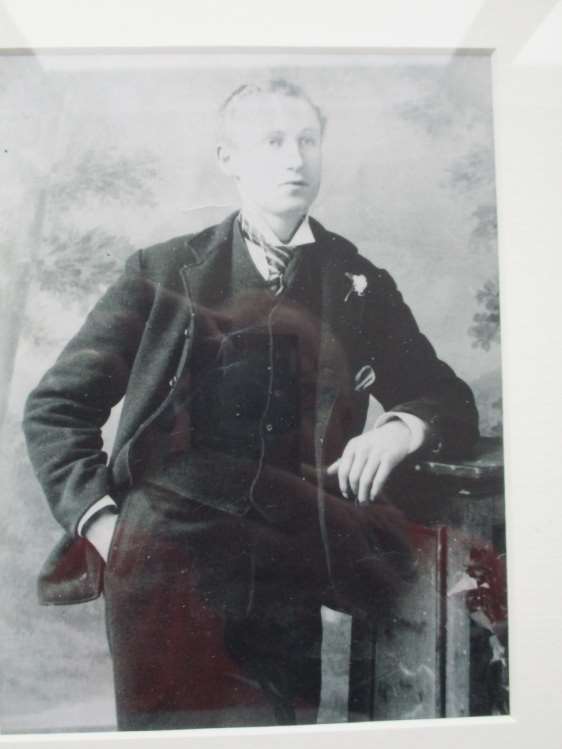
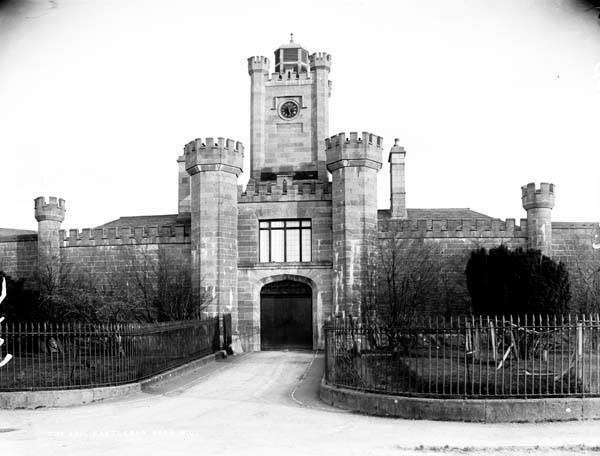
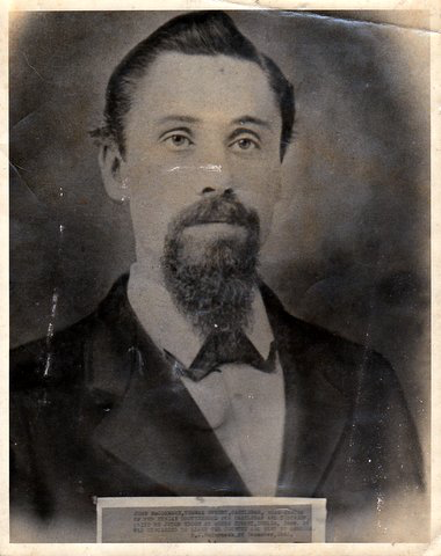
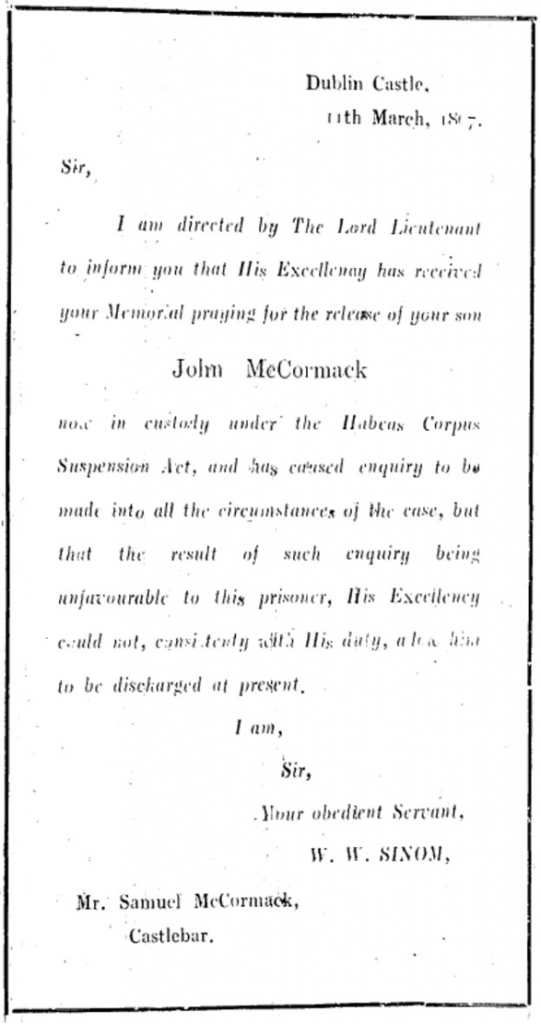
 www.westportheritage.com
www.westportheritage.com